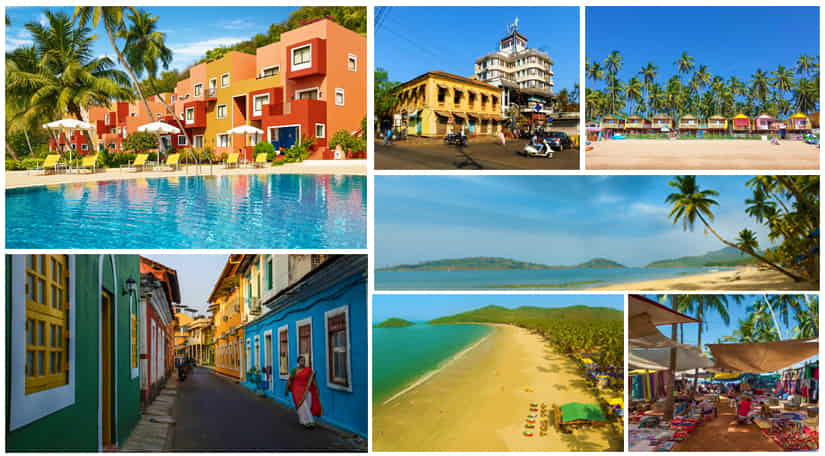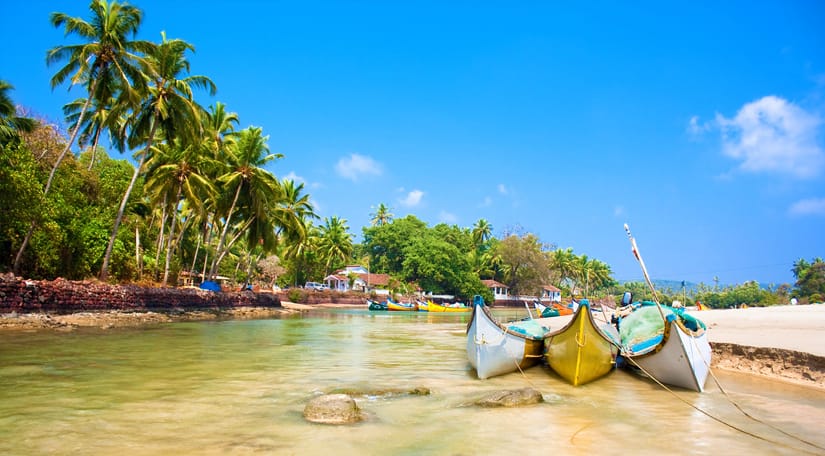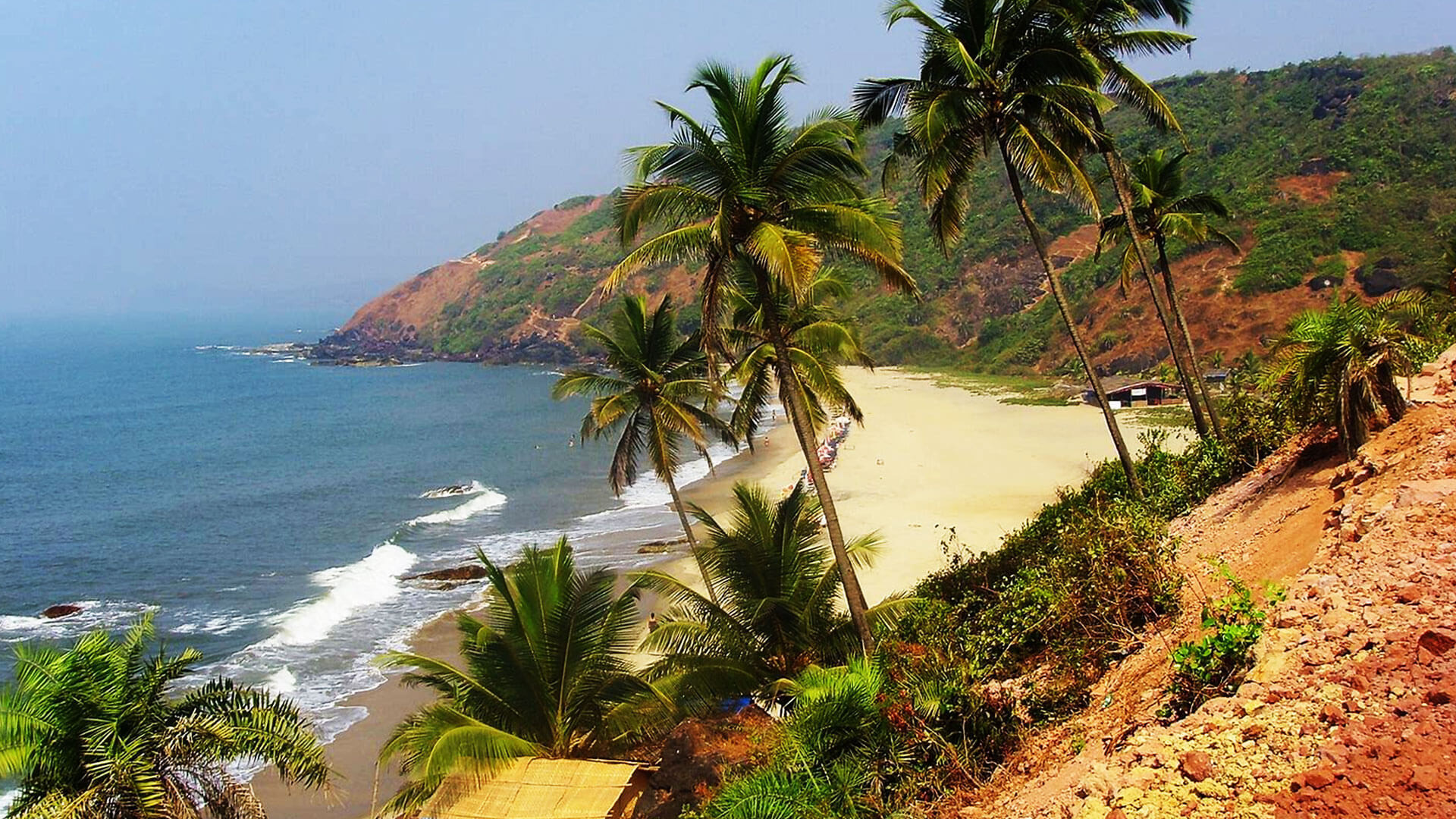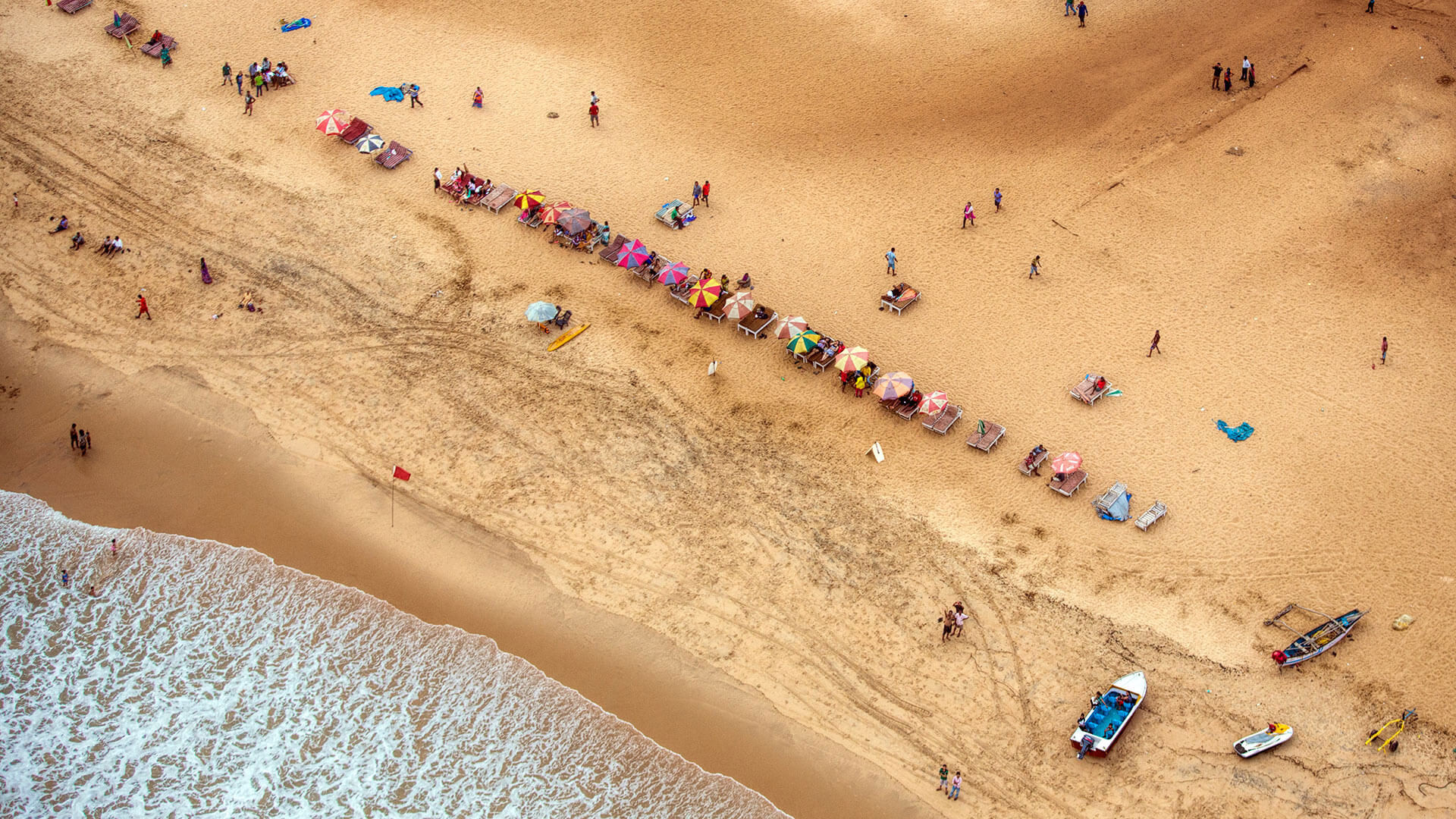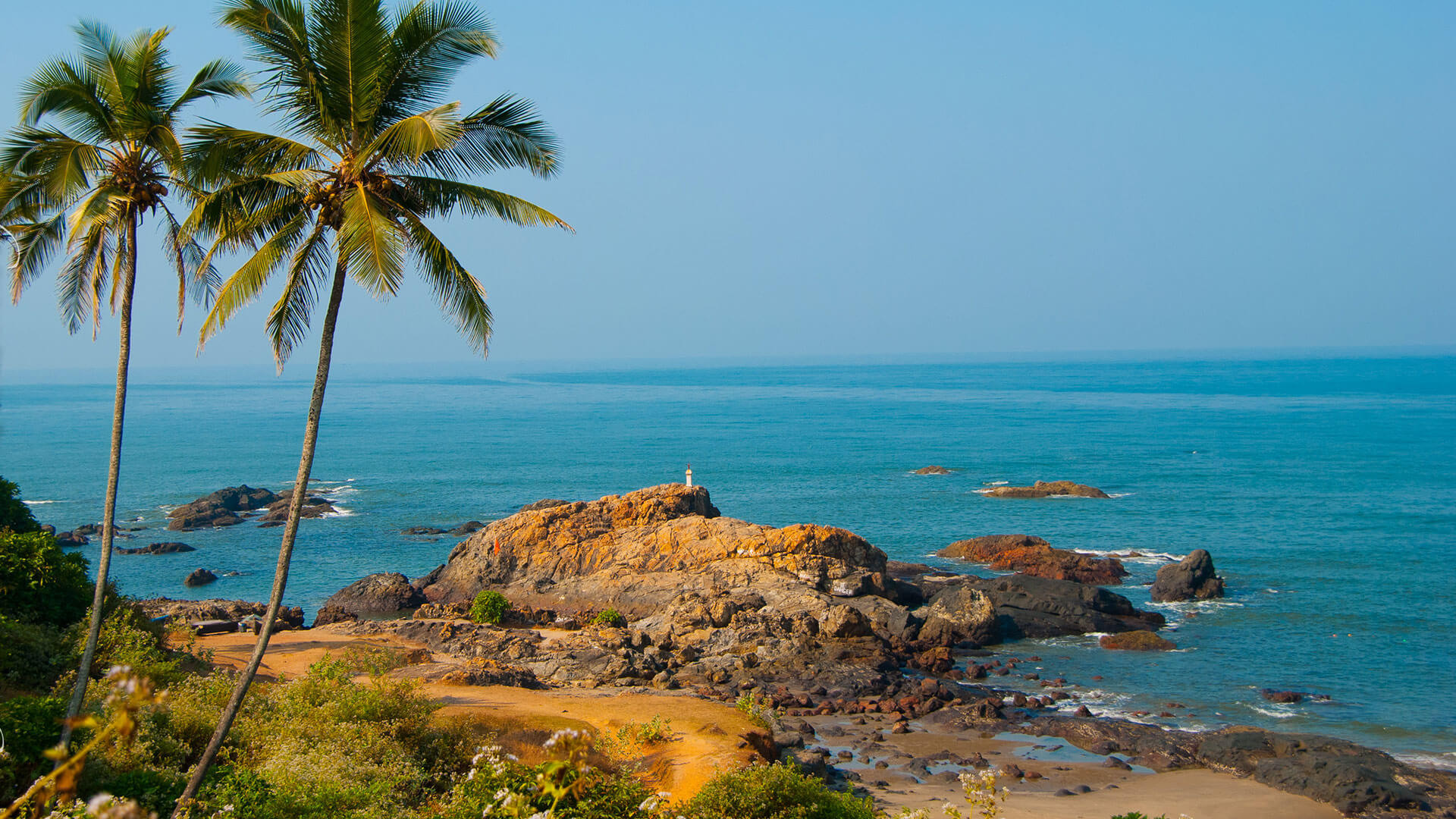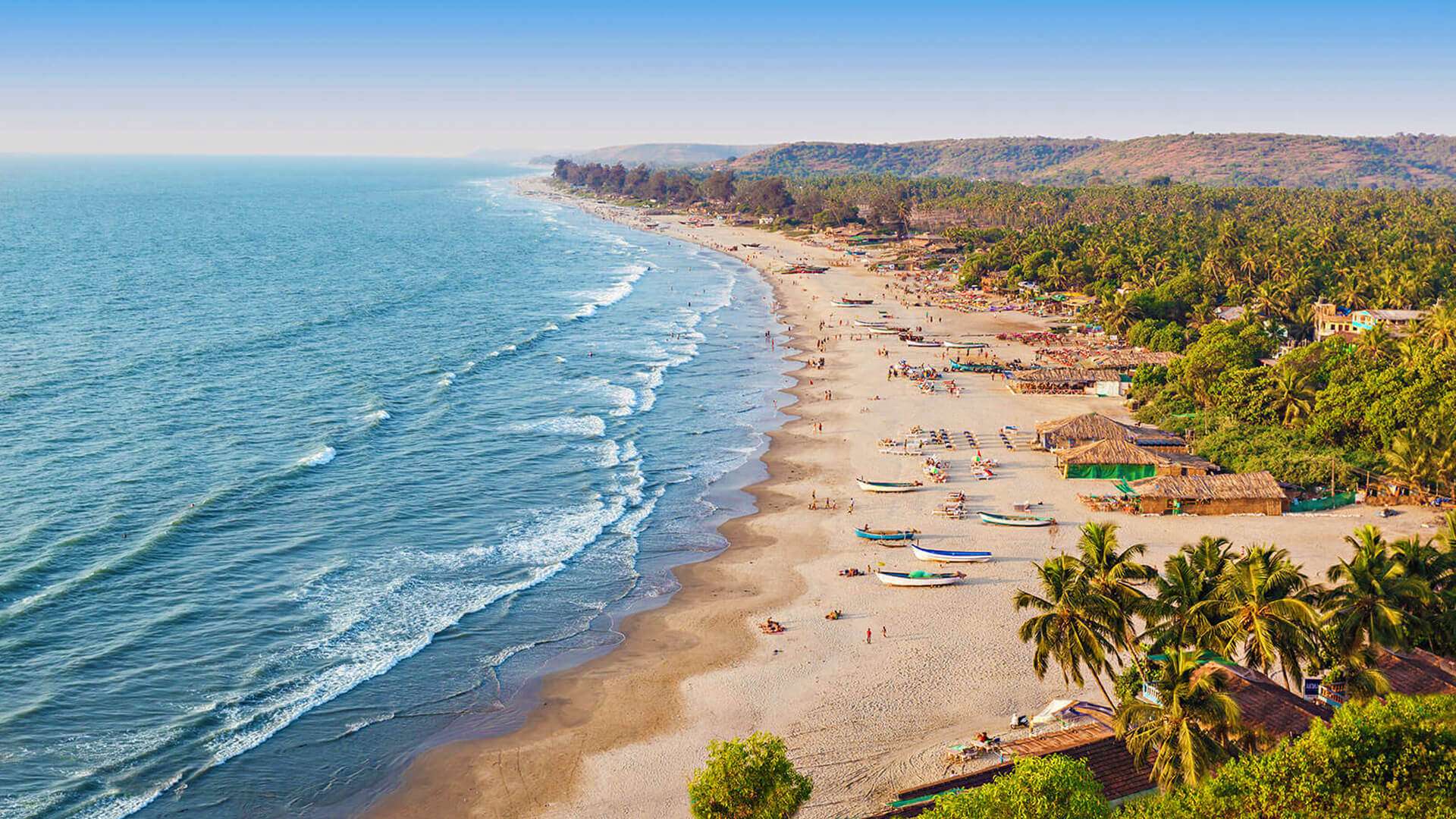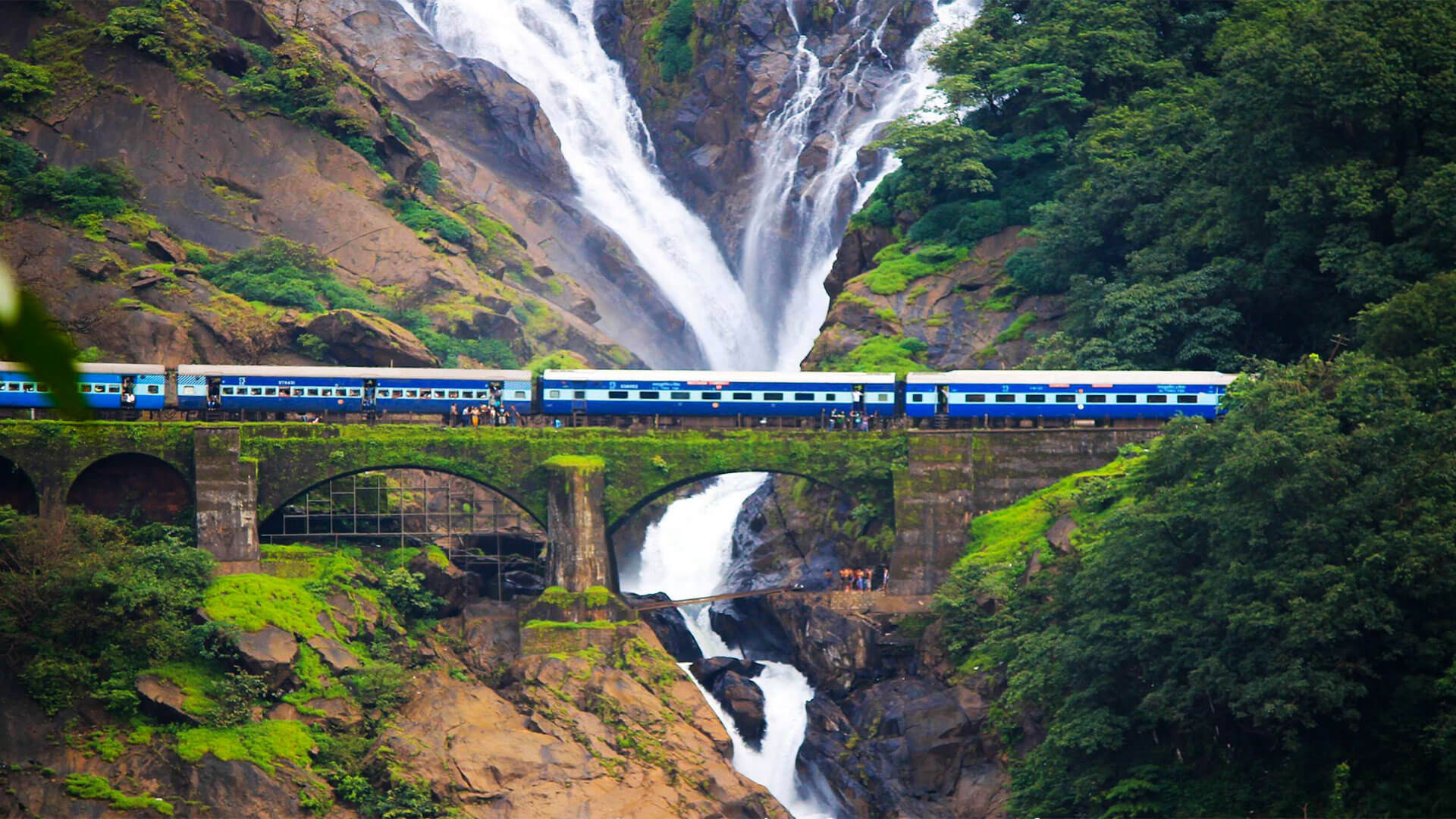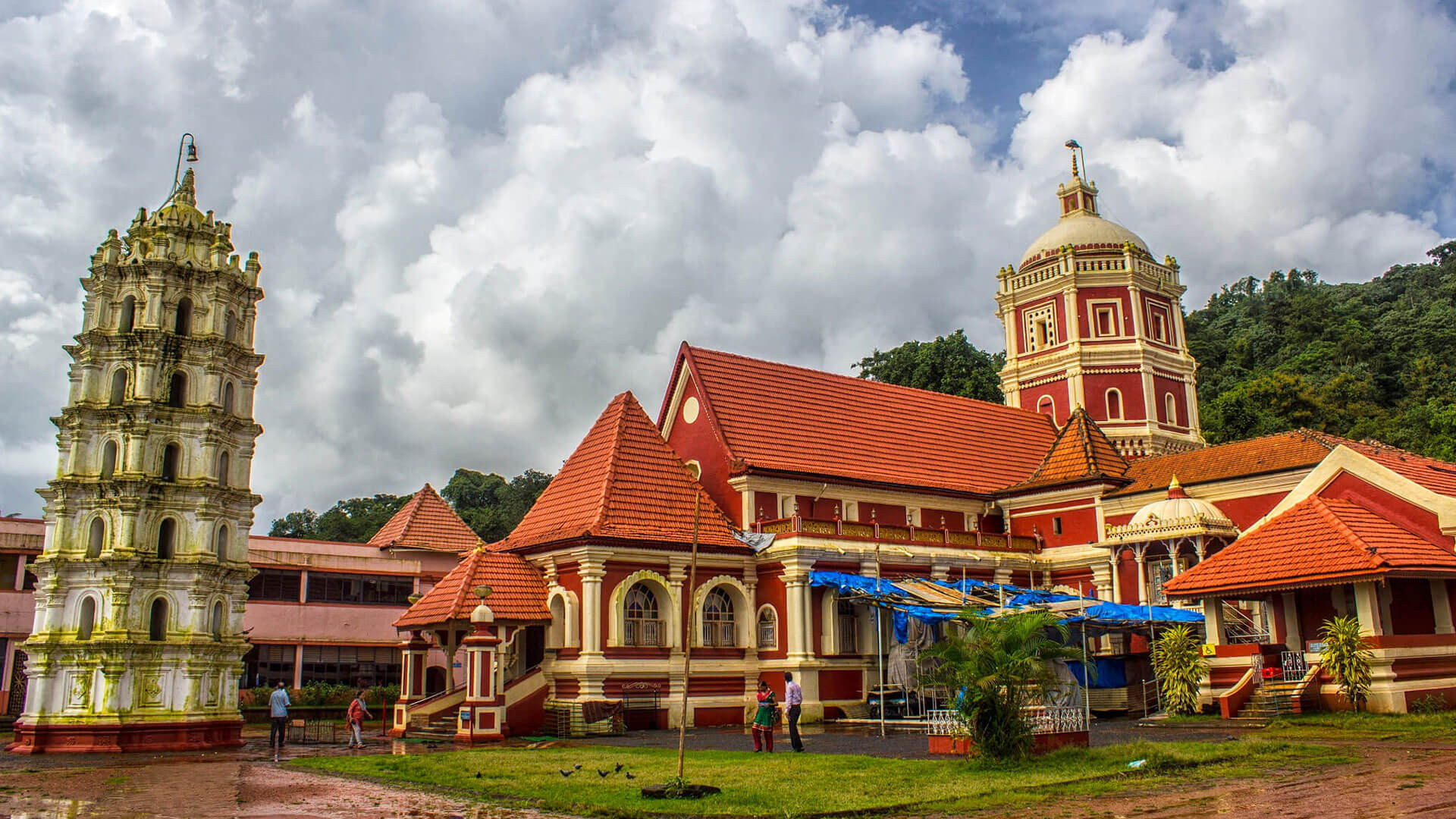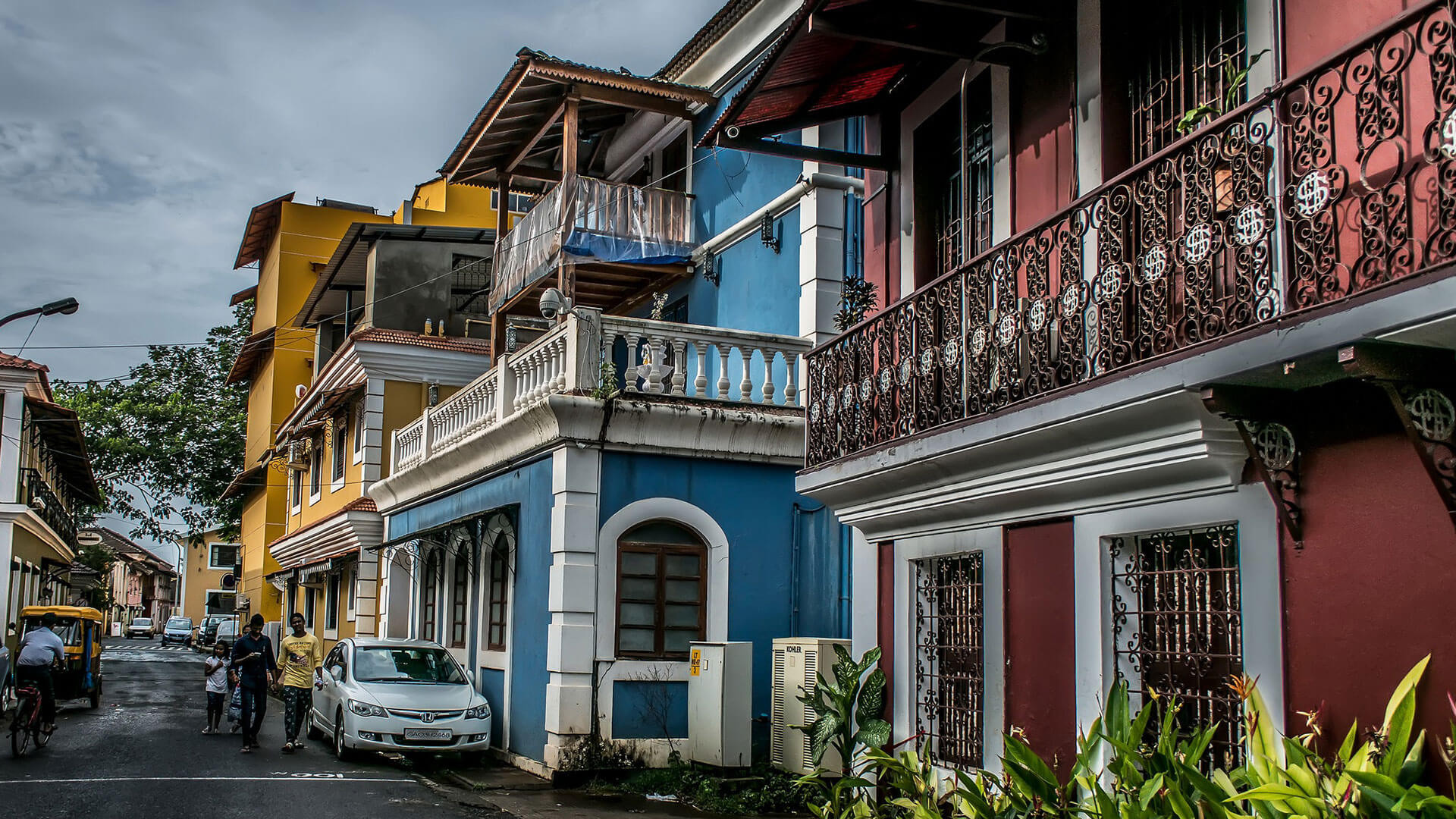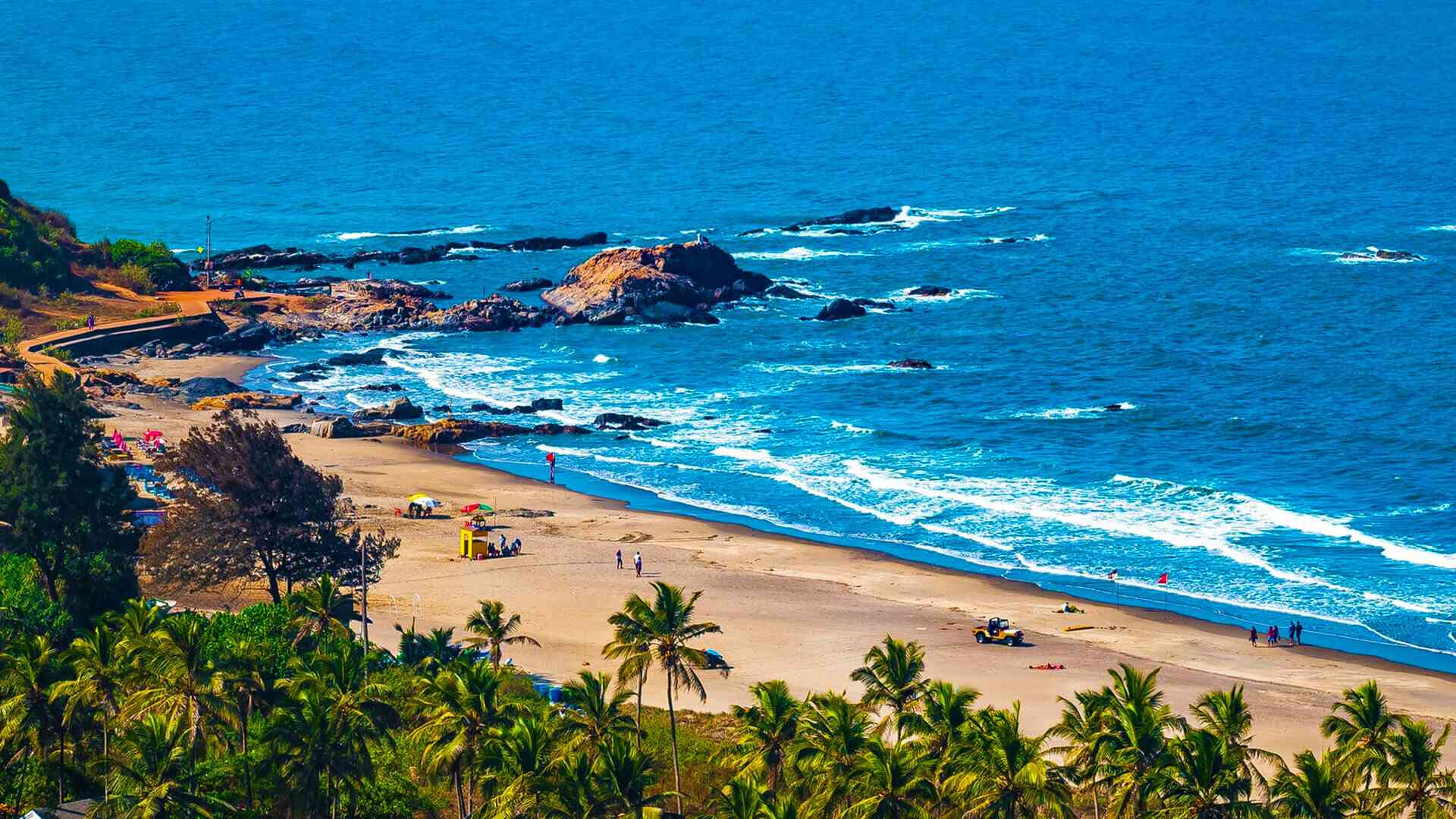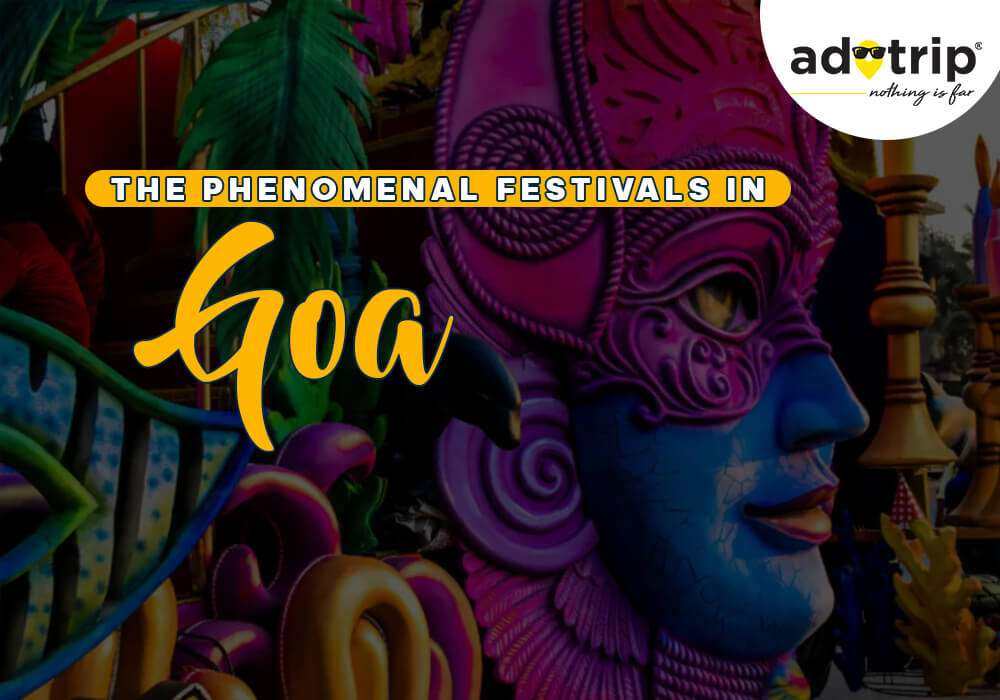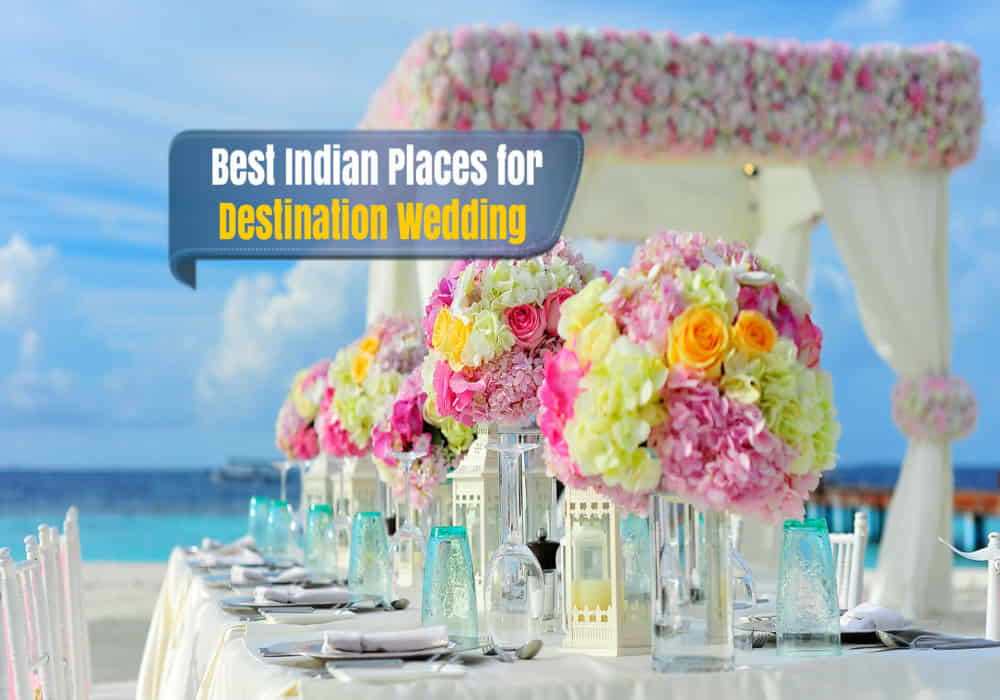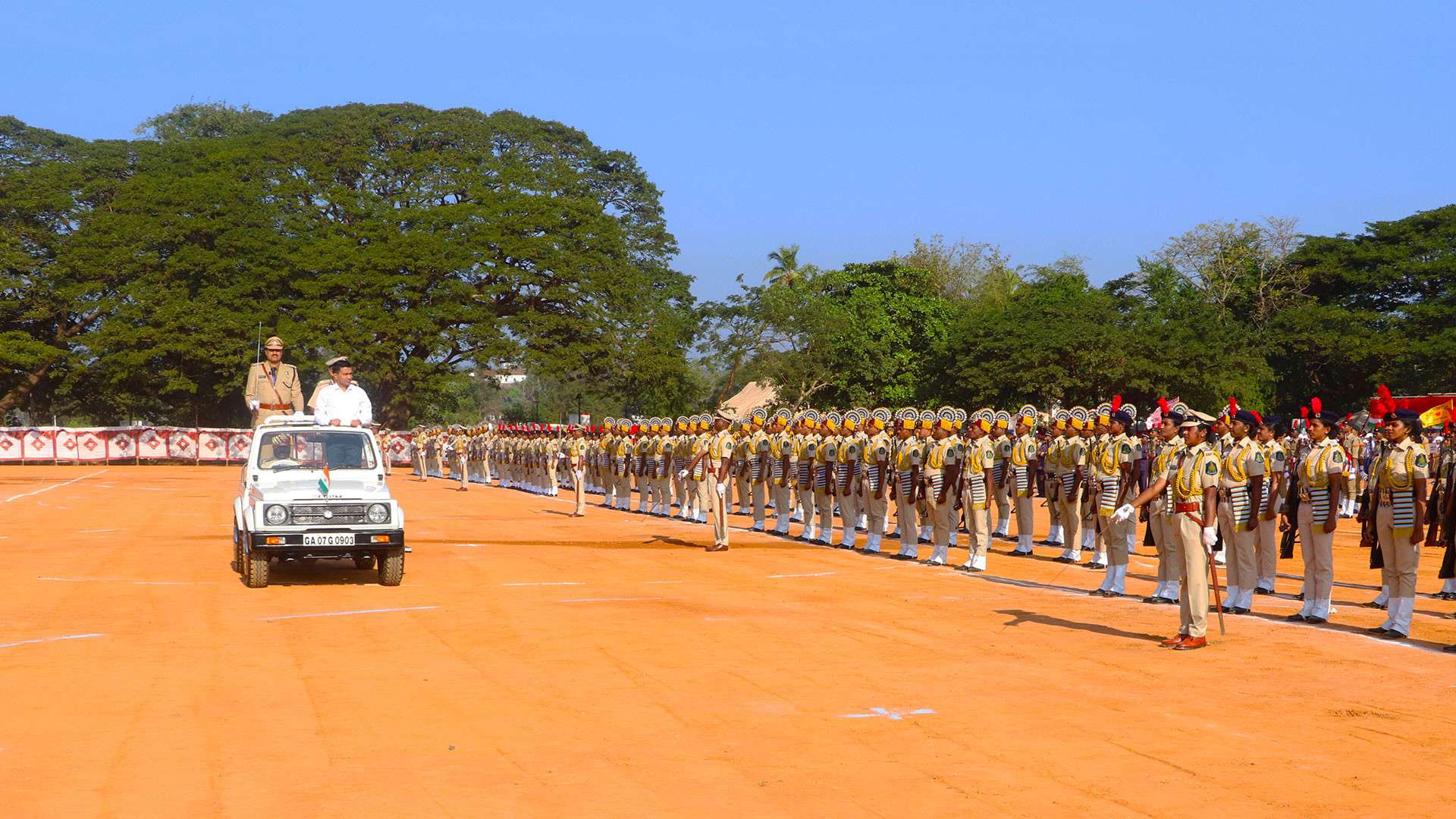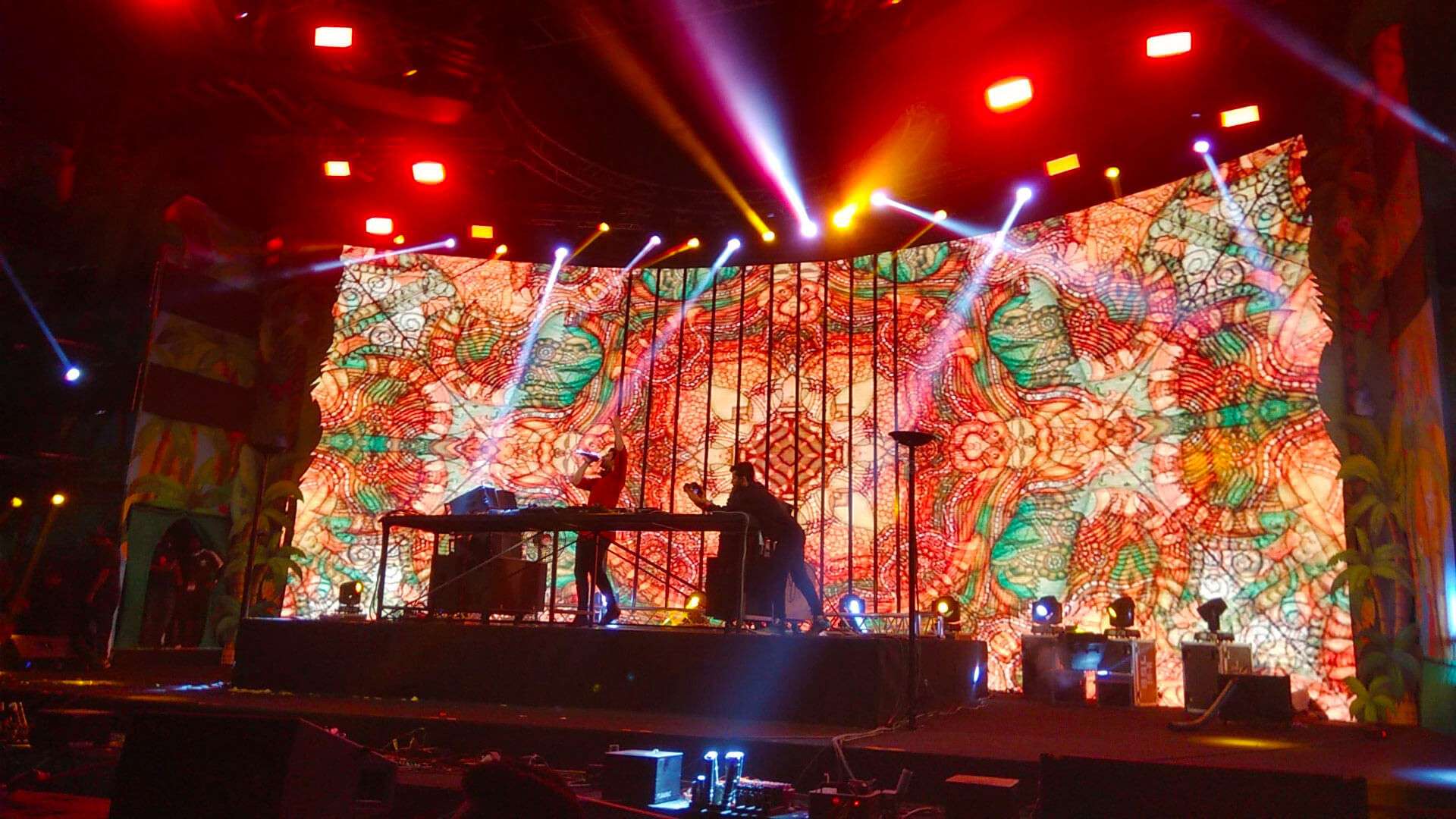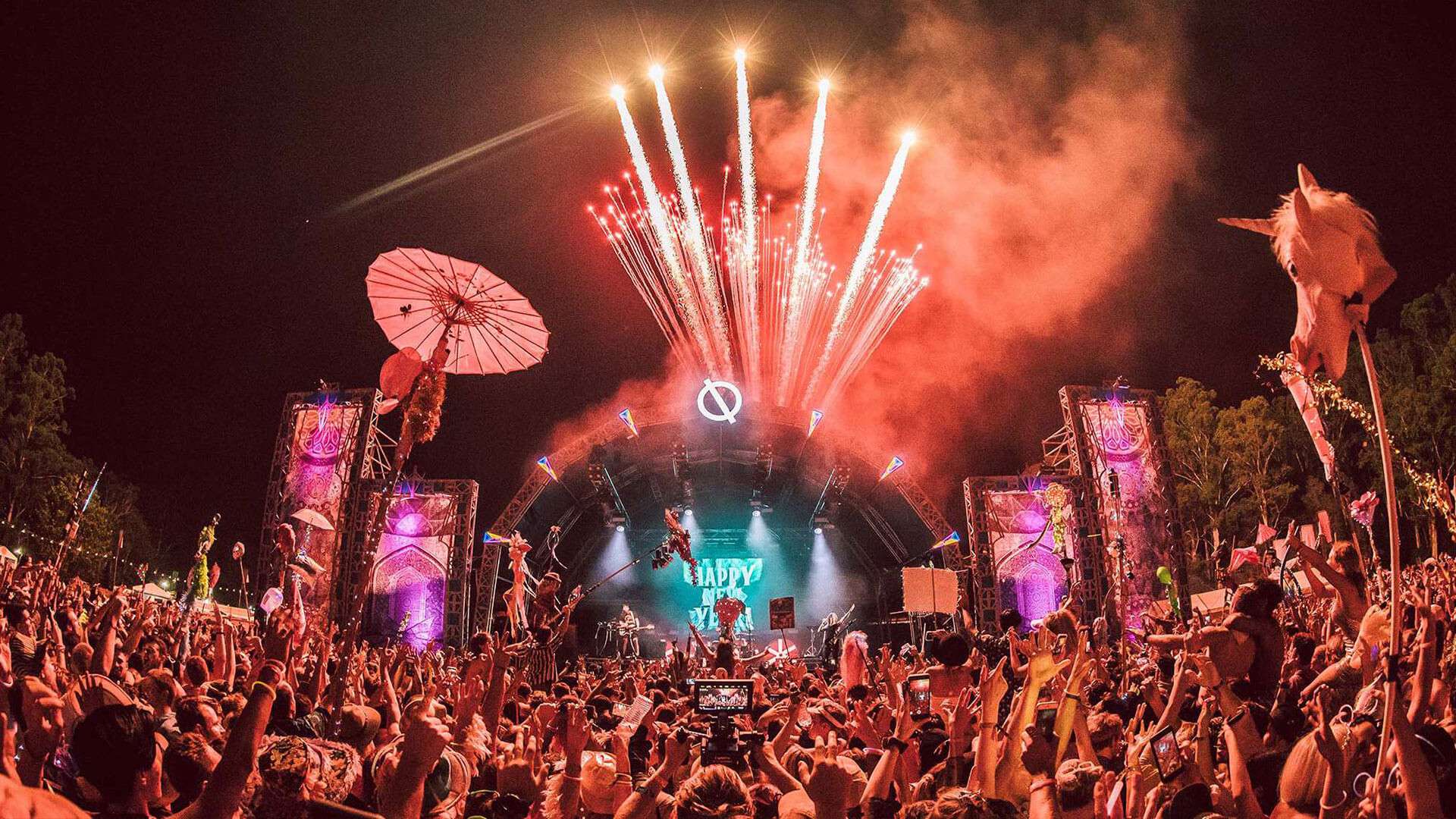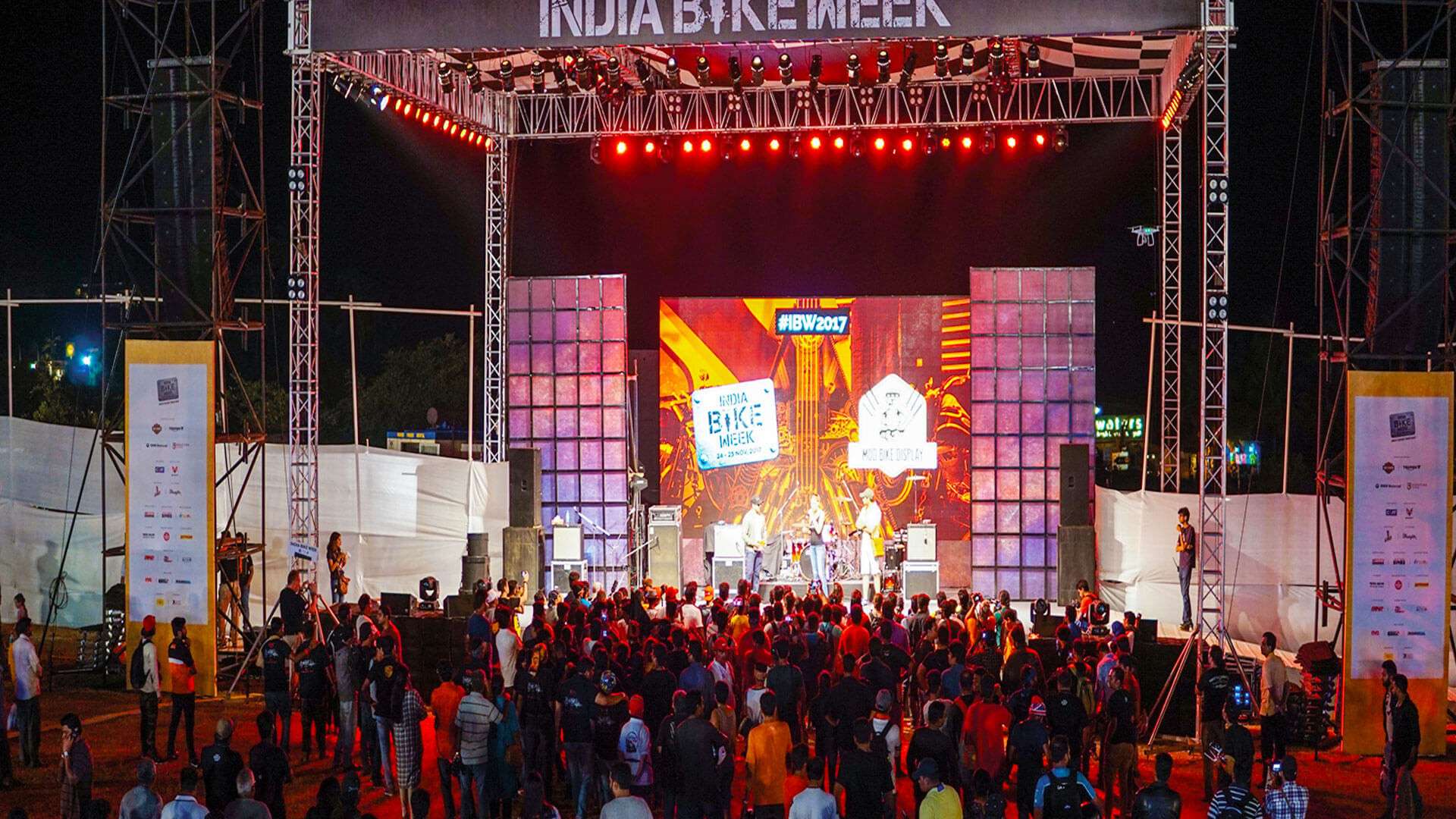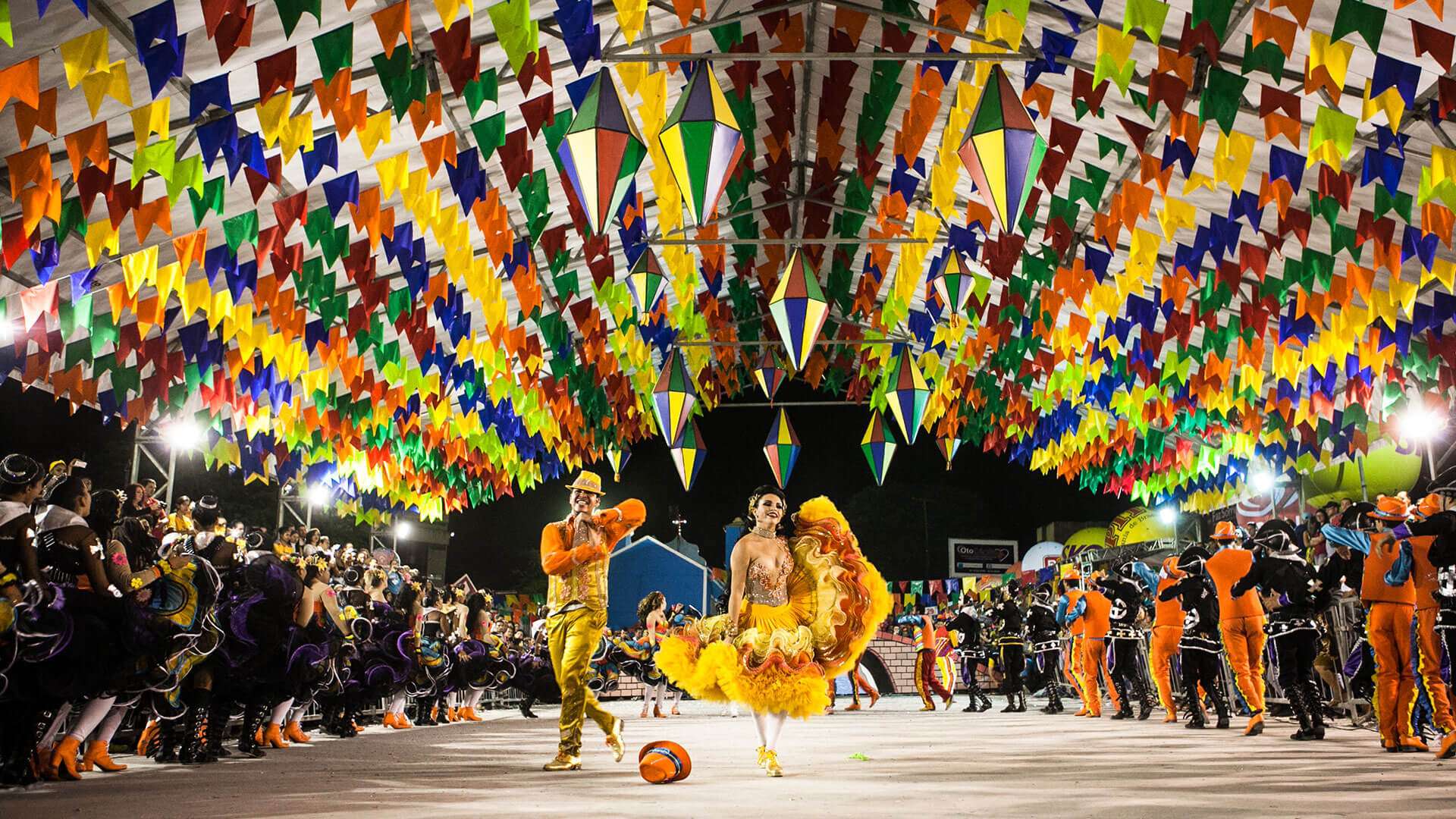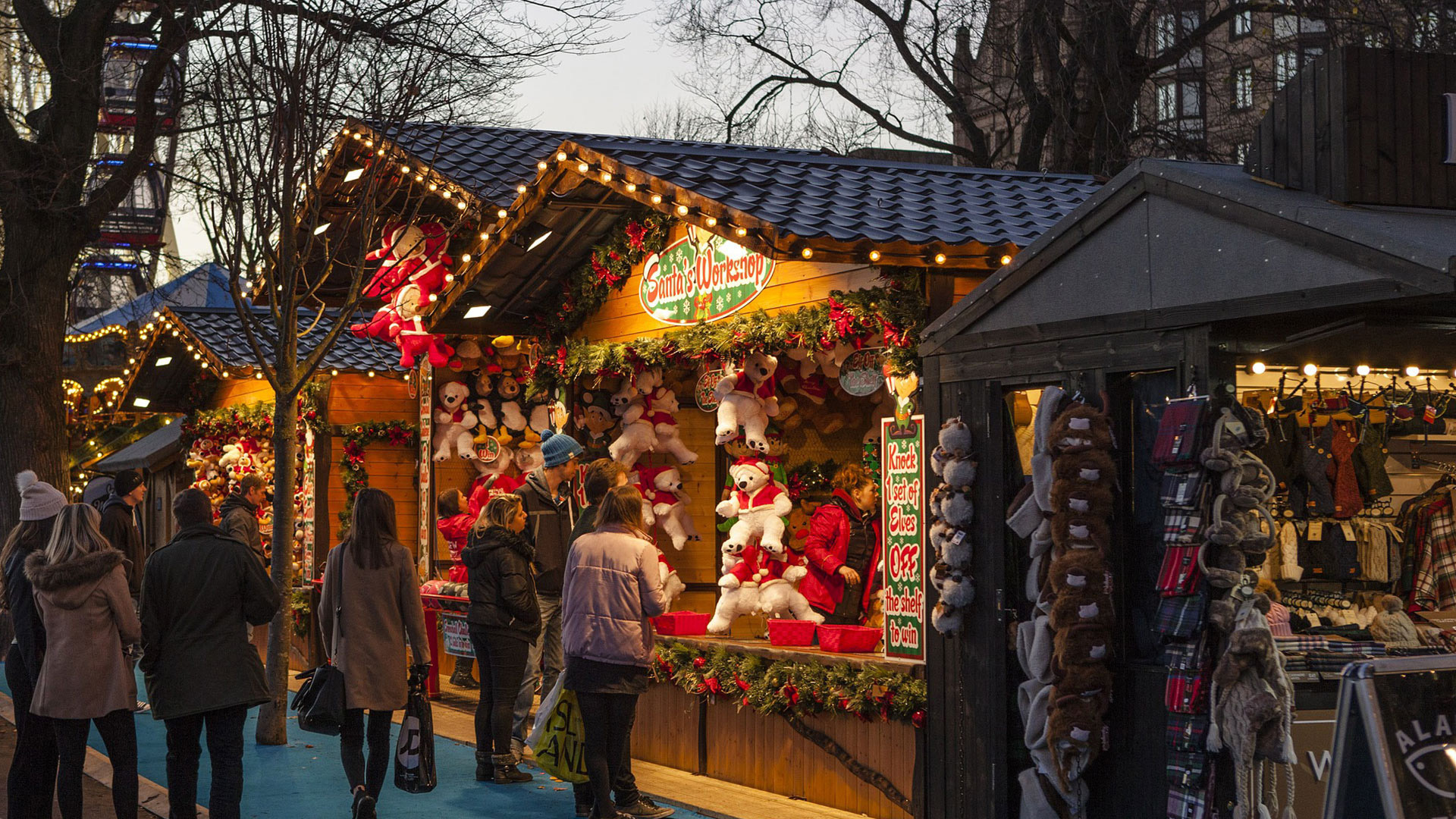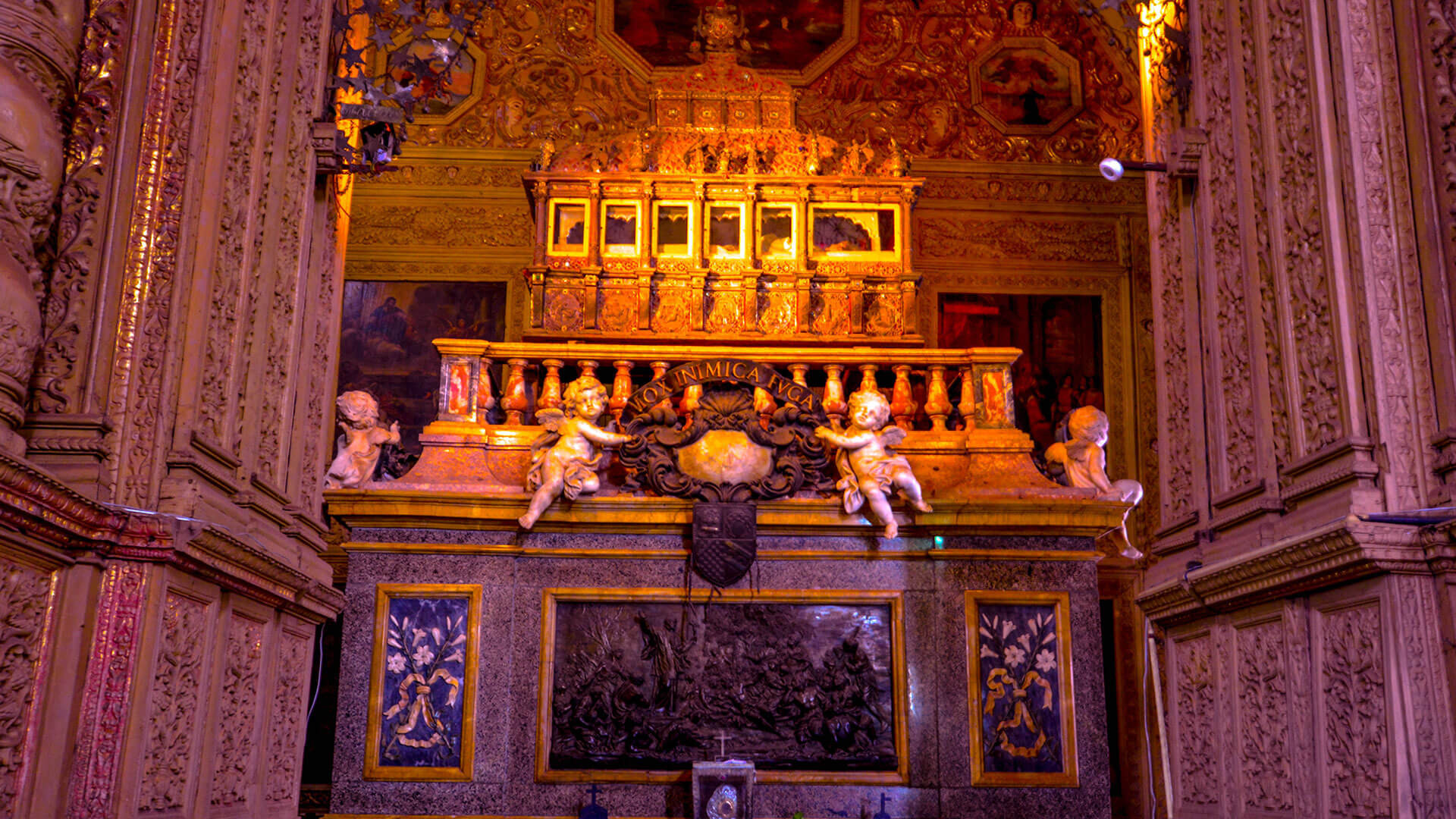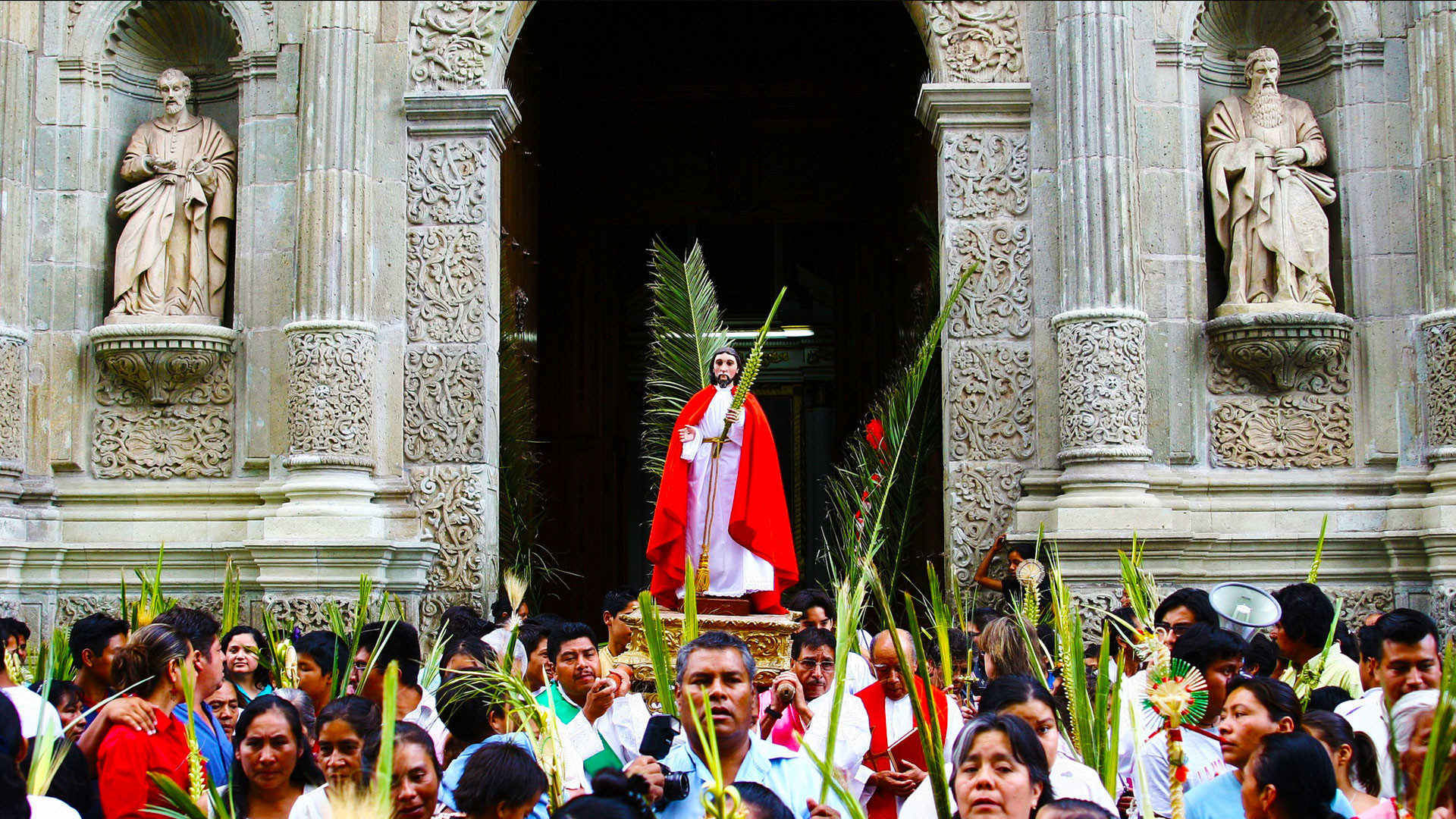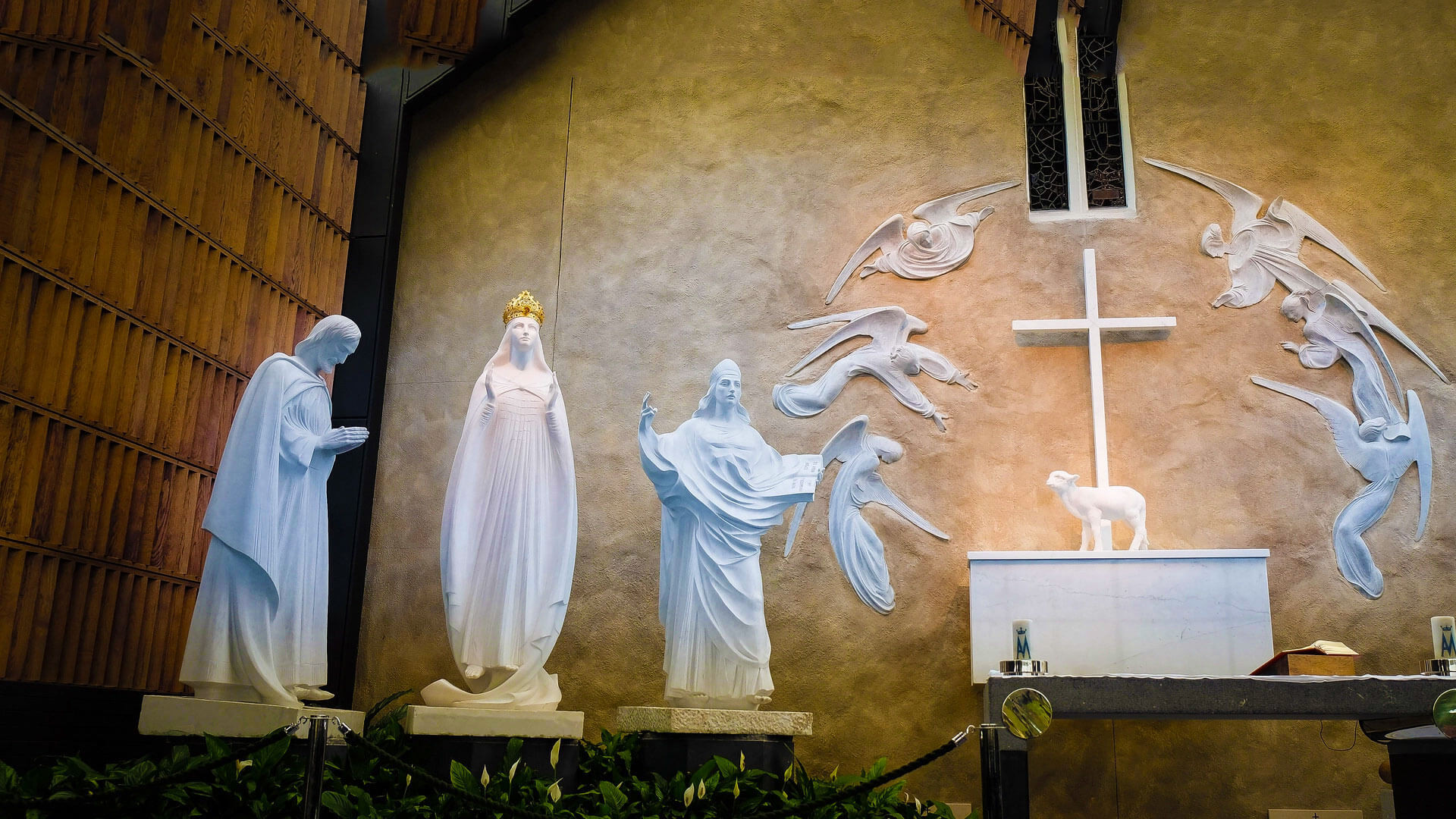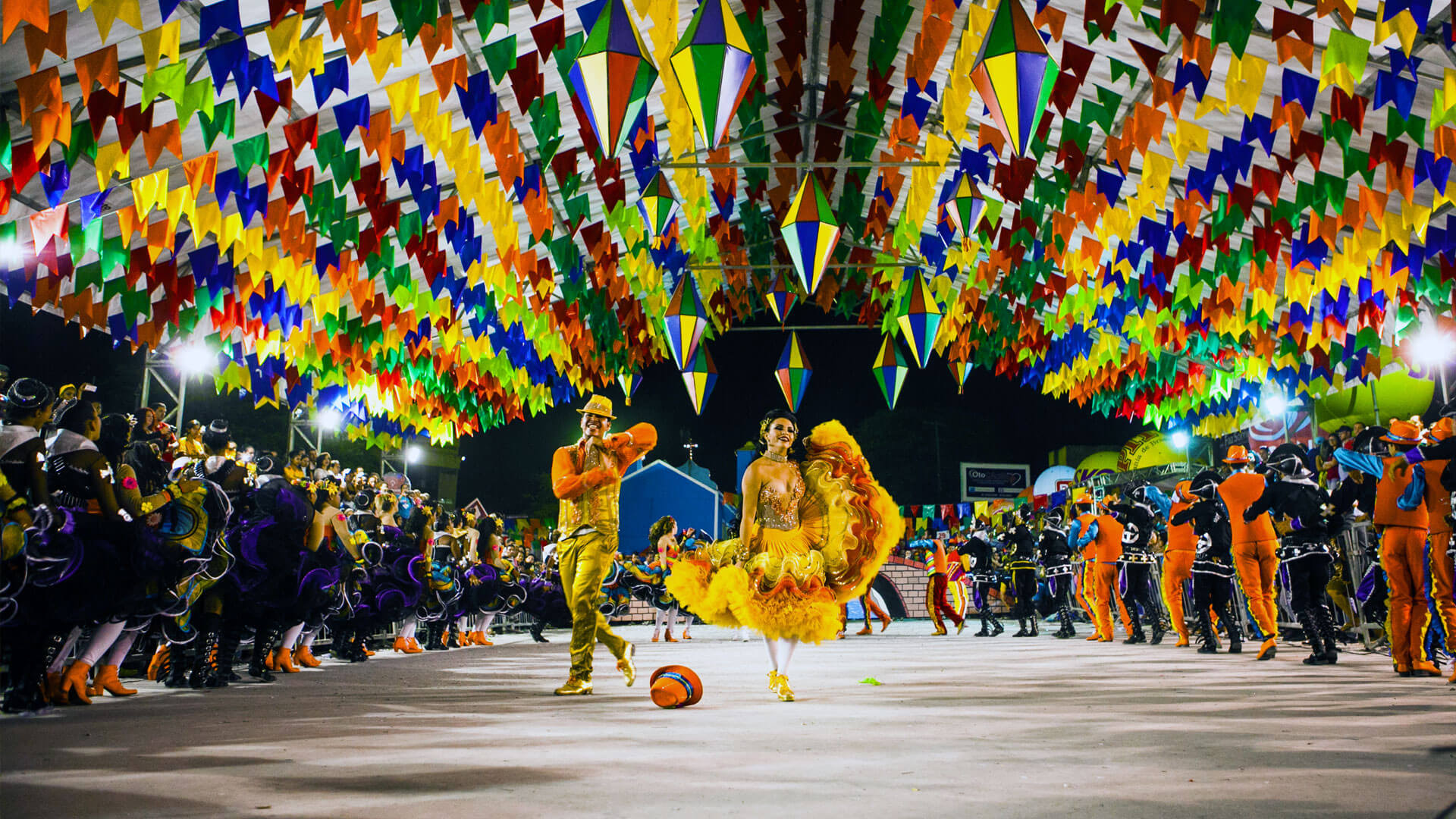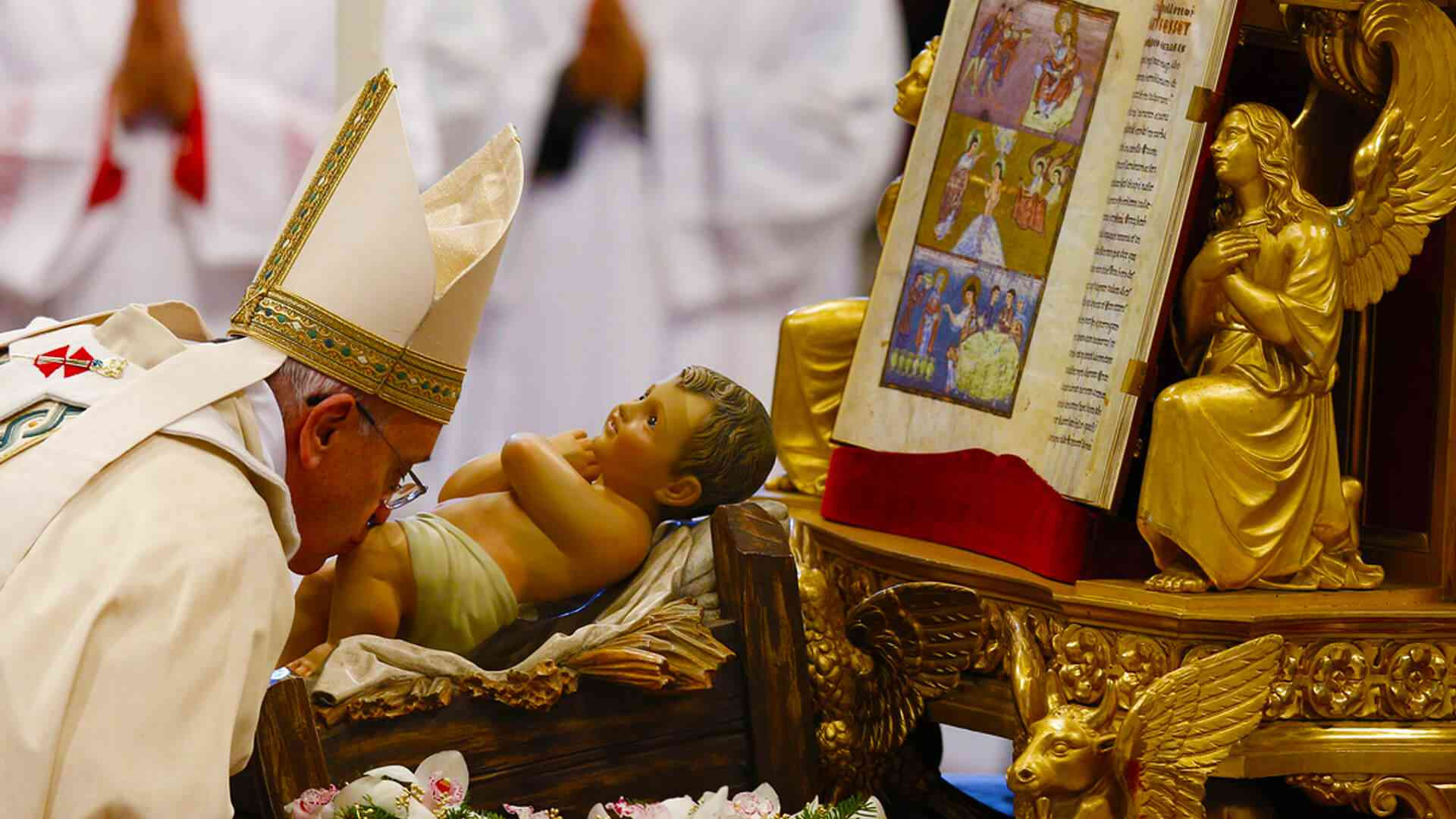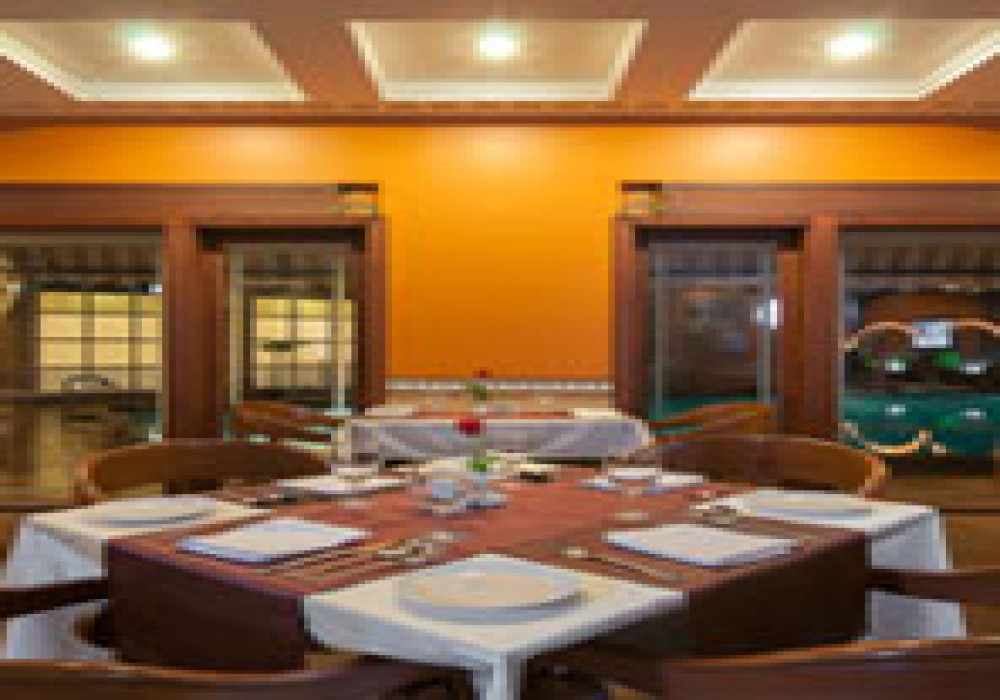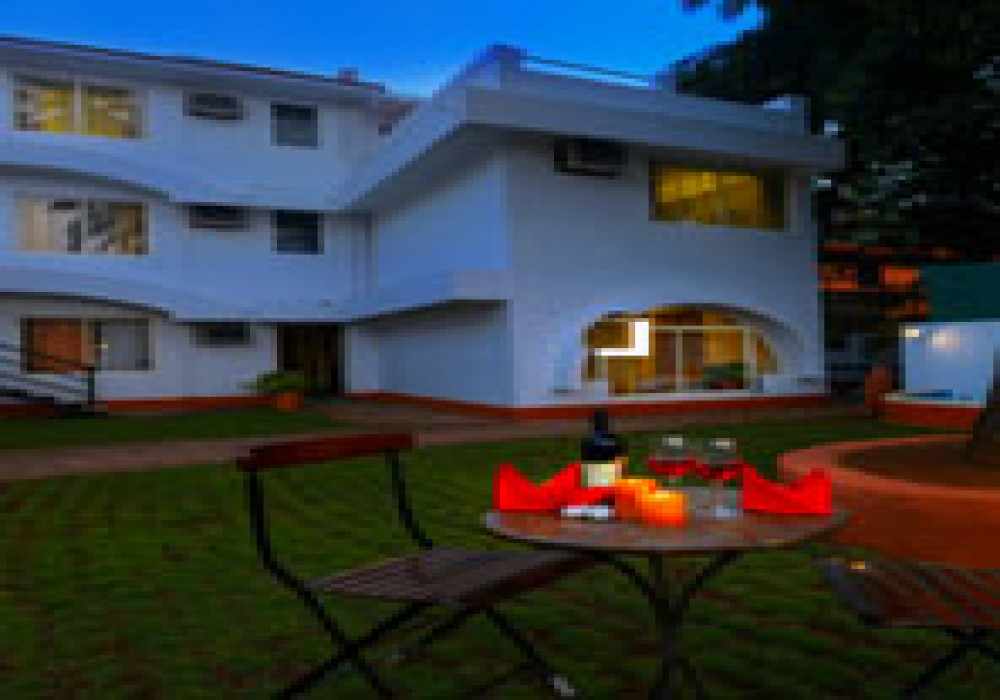Goa Tour Packages 2025
Cities in Goa
Best Destinations in Goa
Goa: Best Places, Things to Do, Travel Tips and Much More
Goa, India’s smallest state by area, is one of the most popular tourist destinations in the country. Located on the western coast along the Arabian Sea, Goa is famous for its stunning beaches, Portuguese heritage, vibrant nightlife, and unique culture that blends Indian and European influences.
From the peaceful shores of Palolem to the lively parties of Baga and Anjuna, Goa has something for every traveler. Whether you’re a solo backpacker, a honeymoon couple, or a family seeking a relaxing holiday, Goa offers the perfect mix of sun, sand, and sea. Water sports like parasailing, jet skiing, and scuba diving are popular here.
The state is also known for its historic forts, beautiful churches like Basilica of Bom Jesus (a UNESCO World Heritage Site), local flea markets, and spicy Goan cuisine that includes seafood and coconut-based curries. The capital city Panaji and the heritage town of Old Goa showcase Portuguese architecture and old-world charm.
Goa comes alive during festivals like Sunburn, Goa Carnival, and New Year celebrations, making it a year-round tourist magnet. The state’s tropical climate, friendly locals, and laid-back vibe make it a must-visit destination for domestic and international tourists alike. Whether you're looking to relax on a beach, explore history, enjoy parties, or simply soak in nature, Goa promises an unforgettable experience.
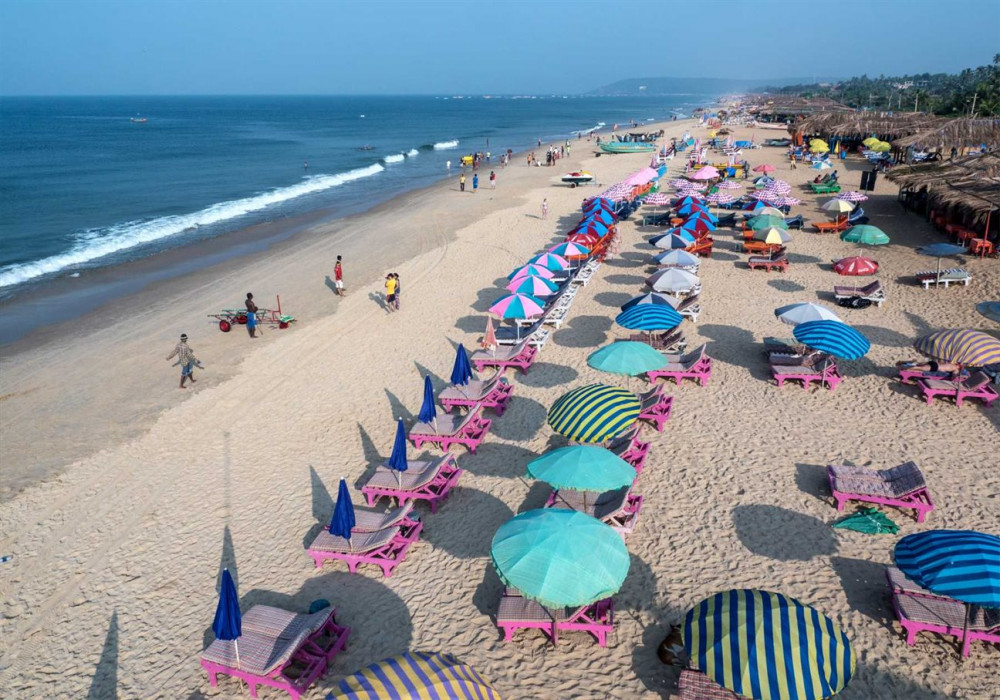
Historical Significance of Goa
Goa, India’s smallest state on the western coast, has long been a magnet for dynasties, traders, and explorers. Its history is a captivating tale of conquests, trade, and cultural transformations. The Saraswat Brahmins were its earliest settlers, followed by the Mauryans in the 3rd century BC. The 11th century saw Hindu dynasties like the Satavahanas, Chalukyas, Silharas, and Kadambas shape Goa’s first Golden Age.
In the 15th century, the Bahmani Sultanate ruled Goa, but the Portuguese arrived in 1498, seizing control of the spice trade. Their influence lasted over 400 years, leaving behind stunning architecture and a rich colonial legacy. The iconic Chapora Fort stands as a silent witness to the rise and fall of empires. Saint Francis Xavier’s arrival introduced Christianity, shaping Goa’s religious fabric. Goa finally gained freedom from Portuguese rule in 1961, becoming a full-fledged Indian state in 1987 under Prime Minister Rajiv Gandhi.
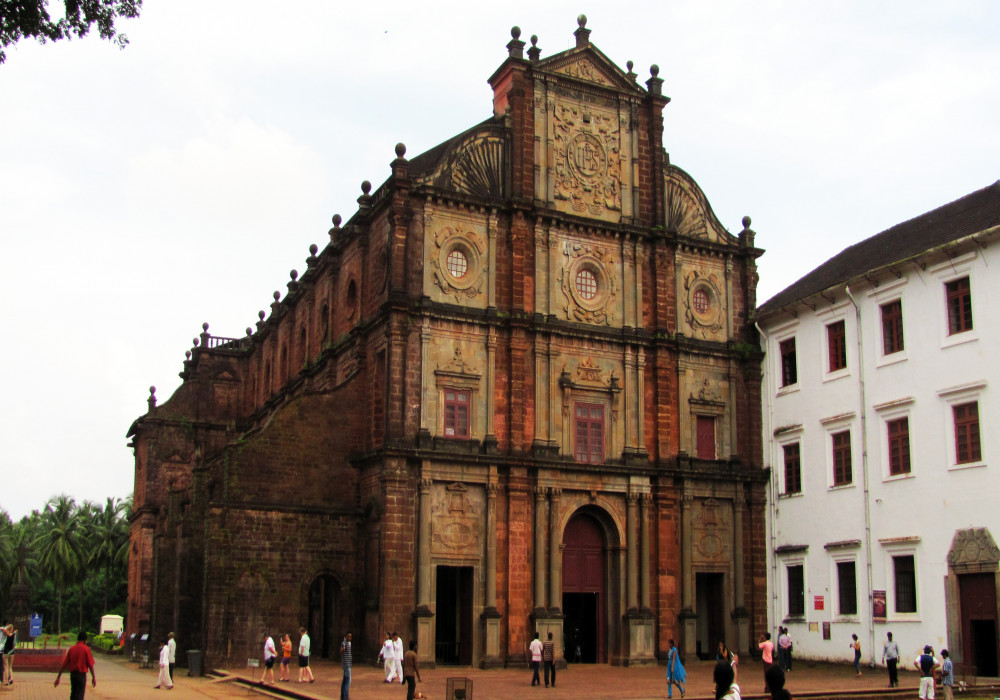
Climate in Goa
Goa enjoys a tropical monsoon climate, making it a year-round destination with distinct seasonal variations. The weather in Goa is typically warm and humid, with a coastal breeze adding to its pleasant charm. Understanding Goa's climate helps travelers plan the perfect vacation.
- Summer (March to May): Summers in Goa are hot and humid, with temperatures ranging between 25°C to 35°C. It’s less crowded during this time, making it ideal for budget travelers. Early mornings and evenings are pleasant for beach walks and sightseeing.
- Monsoon (June to September): Goa receives heavy rainfall during the monsoon season. While beach activities slow down, the state transforms into a lush green paradise. It’s the perfect time for nature lovers and those who enjoy the serene side of Goa. Waterfalls like Dudhsagar are at their best during this season.
- Winter (October to February): This is the best time to visit Goa, with temperatures ranging from 20°C to 28°C. The weather is cool and perfect for beach outings, festivals, water sports, and nightlife. It’s also the peak tourist season, so advance bookings are recommended.
Culture of Goa: Dance, Traditions and Food
The culture of Goa is a vibrant blend of Indian and Portuguese influences, shaped by its colonial past and coastal lifestyle. Known for its colorful festivals, traditional music, and unique cuisine, Goa offers a rich cultural experience for every traveler.
- Goan Dance & Music: Traditional Goan dances like Fugdi, Dekhni, Dhalo, and Corridinho reflect the local life and festive spirit. Music is an integral part of Goa’s culture, with instruments like the guitar, violin, and ghumot playing key roles in folk and Western styles.
- Traditions & Festivals: Goa celebrates both Hindu and Christian festivals with equal enthusiasm. Major festivals include Goa Carnival, Shigmo, Christmas, Easter, Ganesh Chaturthi, and Sao Joao. These events feature vibrant processions, folk performances, and community feasts, showcasing Goa's diverse traditions.
- Goan Food: Goan cuisine is famous for its spicy flavors, seafood, and coconut-based gravies. Must-try dishes include Goan fish curry, Prawn Balchao, Chicken Xacuti, Pork Vindaloo, and Bebinca (a layered dessert). Both vegetarian and non-vegetarian options are widely available.
Top 30 Best Places to Visit in Goa
| S.No | Place | Why It’s Famous |
| 1 | Baga Beach | Popular for nightlife, beach shacks, and water sports |
| 2 | Calangute Beach | Known as the “Queen of Beaches,” great for shopping and crowds |
| 3 | Anjuna Beach | Famous for its flea market and trance parties |
| 4 | Palolem Beach | Ideal for couples; peaceful, scenic beach with dolphin sightings |
| 5 | Vagator Beach | Stunning red cliffs, rave parties, and sunset views |
| 6 | Colva Beach | Long white sand beach, popular with families and locals |
| 7 | Morjim Beach | Nesting site for Olive Ridley turtles and a peaceful vibe |
| 8 | Arambol Beach | Known for yoga, wellness retreats, and drum circles |
| 9 | Candolim Beach | Quieter alternative to Baga; great for water sports |
| 10 | Dudhsagar Waterfalls | Four-tiered waterfall, best visited during monsoon |
| 11 | Fort Aguada | 17th-century Portuguese fort with panoramic views of the Arabian Sea |
| 12 | Chapora Fort | Iconic “Dil Chahta Hai” fort with stunning coastal views |
| 13 | Basilica of Bom Jesus | UNESCO World Heritage Site, houses relics of St. Francis Xavier |
| 14 | Se Cathedral | Largest church in Asia, known for its Portuguese-Gothic architecture |
| 15 | Reis Magos Fort | Well-preserved fort and cultural center near Panaji |
| 16 | Fontainhas | Latin Quarter in Panaji with colorful Portuguese-style homes |
| 17 | Panaji (Panjim) | Capital city, known for casinos, churches, and colonial charm |
| 18 | Old Goa | Historical churches and cathedrals with Portuguese influence |
| 19 | Salim Ali Bird Sanctuary | Ideal for bird watching and mangrove exploration |
| 20 | Dona Paula | Scenic viewpoint, romantic spot with a backstory |
| 21 | Mangeshi Temple | Famous Hindu temple dedicated to Lord Shiva |
| 22 | Shanta Durga Temple | Spiritual site showcasing traditional Goan temple architecture |
| 23 | Butterfly Beach | Hidden gem known for butterflies and dolphin sightings |
| 24 | Cabo de Rama Fort | Ancient fort with dramatic cliffs and ocean views |
| 25 | Betalbatim Beach | Serene and clean beach ideal for sunsets |
| 26 | Ashwem Beach | Quiet beach known for upscale resorts and yoga retreats |
| 27 | Sinquerim Beach | Good for jet skiing and paragliding; near Fort Aguada |
| 28 | Mandrem Beach | Less crowded, perfect for peaceful getaways |
| 29 | Miramar Beach | Urban beach near Panaji, good for evening walks |
| 30 | Ancestral Goa (Big Foot) | Cultural museum showcasing traditional Goan village life |
Free Things To Do in Goa
- Relax on the Beaches: Soak in the sun at Goa’s stunning beaches like Baga, Anjuna, Palolem, and Vagator, without spending a penny.
- Visit Forts with Stunning Views: Walk through Chapora Fort, Aguada Fort, and Reis Magos Fort to enjoy breathtaking coastal panoramas.
- Experience Goa’s Night Markets: Stroll through the lively Arpora Saturday Night Market and Mapusa Market, soaking in the vibrant atmosphere.
- Explore Old Goa’s Churches: Visit the Basilica of Bom Jesus, Sé Cathedral, and Church of St. Francis of Assisi, showcasing rich Portuguese architecture.
- Enjoy a Sunset at Chapora or Vagator Beach: Witness breathtaking sunset views over the Arabian Sea.
- Wander Through Latin Quarters (Fontainhas): Explore the colorful Portuguese-style streets of Fontainhas in Panjim, a UNESCO Heritage Zone.
- Trek to Dudhsagar Waterfalls Viewpoint: If you love adventure, take a free trek to admire the majestic Dudhsagar Falls from a distance.
How to Reach Goa
Goa, the party capital of India is well connected with major airports, national highways, and railway stations. Below is the comprehensive guide to reaching Goa:
By Air:
To reach Goa, you can arrive at Goa International Airport aka Dabolim Aiport. After arriving, you can book a cab or hire a taxi to reach the desired destination.
Distance from Goa International Airport. 49 Km
By Train:
Goa is well connected with railway networks. Madgaon (Margao) is the primary railhead in Goa. Upon arriving, you can hire a public service taxi or book a cab to reach the desired destination.
Distance from Madgaon (Margao) Railway Station. 28.3 Km
By Road:
You can also enjoy a scenic route to Goa via major National Highways (NH). Below is the list of the cities from where you can reach Goa via road:
- Distance from Mumbai. 596 Km
- Distance from Bengaluru. 557 Km
- Distance from Pune. 458 Km
- Distance from Mangalore. 343.2 Km
- Distance from Hyderabad. 667.4 Km
- Distance from Delhi. 1986.5 Km
- Distance from Chandigarh. 2244.9 Km
What awaits you from being in a place that offers equal opportunities for Parties and relaxation by the beach? Hurry and book now with adotrip.com!
With us, nothing is far!
Frequently Asked Questions About Goa
Q1. What is the best time to visit Goa?
A1. The best time to visit Goa is from October to March. During this period, the weather is pleasant and ideal for beach activities, sightseeing, and attending popular festivals like Christmas, New Year, and the Goa Carnival.
Q2. What are the top tourist attractions in Goa?
A2. Some of the top tourist attractions in Goa include Baga Beach, Calangute, Dudhsagar Waterfalls, Fort Aguada, Basilica of Bom Jesus, Anjuna Flea Market, and Palolem Beach. These spots offer a mix of natural beauty, history, and vibrant culture.
Q3. Is Goa safe for solo travelers and families?
A3. Yes, Goa is generally safe for solo travelers, families, and couples. However, like any tourist destination, it's important to stay alert, avoid deserted areas at night, and follow local guidelines for a safe experience.
Q4. What are the famous foods to try in Goa?
A4. Goa is famous for its spicy and flavorful cuisine. Must-try dishes include Goan Fish Curry, Prawn Balchão, Chicken Xacuti, Pork Vindaloo, and Bebinca (a traditional Goan dessert).
Q5. How many days are enough to explore Goa?
A5. Ideally, 4 to 5 days are enough to explore Goa’s best beaches, forts, churches, and markets. You can also enjoy water sports, local cuisine, and vibrant nightlife during this time.

